Brazilian Cheese Bread: The Authentic Pão de Queijo Experience
Dive into the world of pão de queijo, Brazil’s irresistibly chewy and cheesy bread snack. Learn how to make, bake, and savor this gluten-free delight.
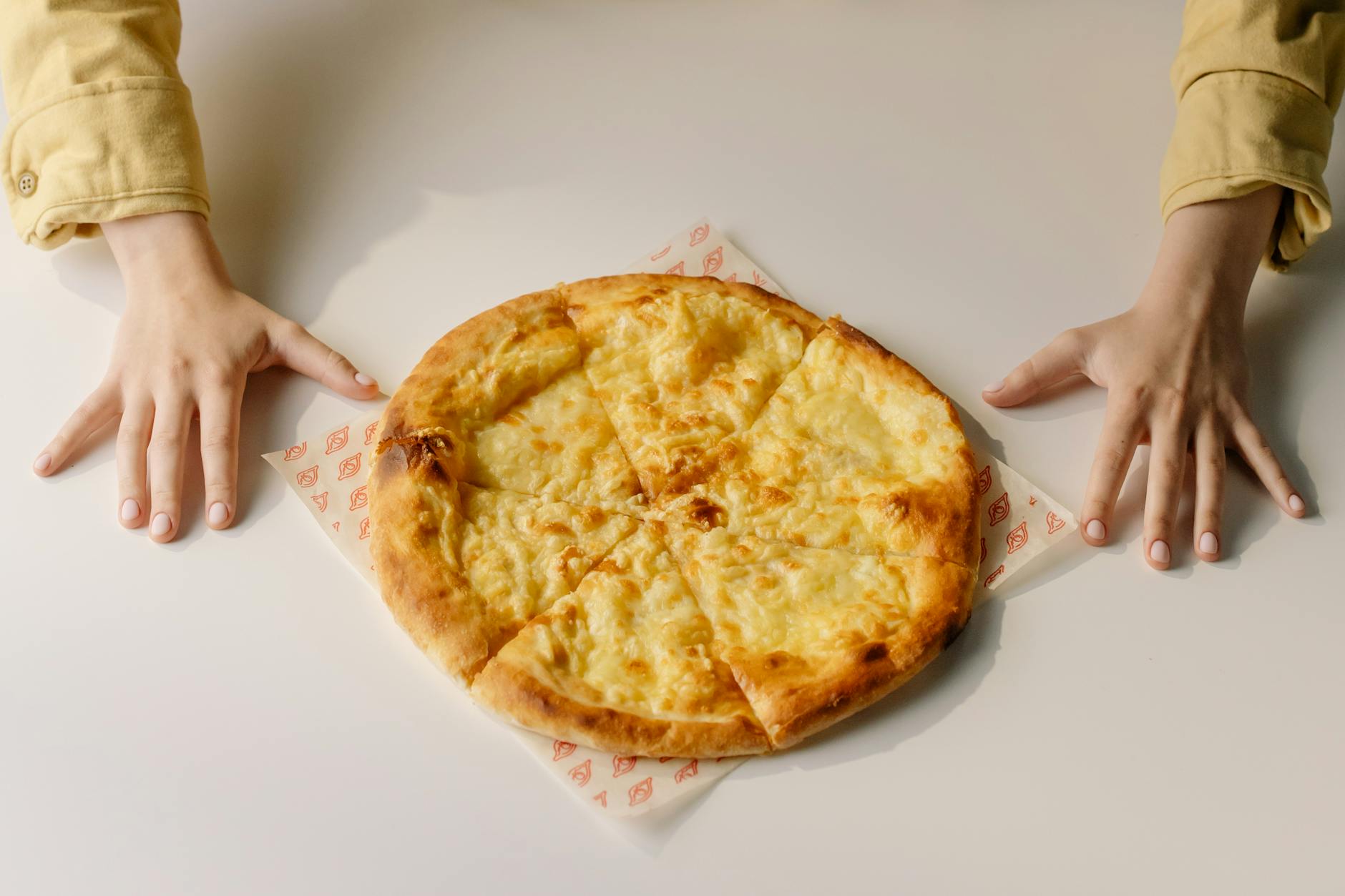
Brazilian cheese bread, known as pão de queijo, is a beloved snack that brings together the warmth of family kitchens, the aroma of melted cheese, and the uniquely chewy bite of tapioca flour. Whether served fresh from the oven for breakfast or as a snack throughout the day, pão de queijo is an irresistible treat that embodies Brazilian culinary tradition. This article guides you through everything you need to know about Brazilian cheese bread: its origins, main ingredients, foolproof recipe, storage methods, creative variations, and frequently asked questions for home bakers.
The Essence of Pão de Queijo
Pão de queijo is not just cheese bread—it’s a national icon in Brazil. Its chewy, airy texture, achieved with tapioca flour, sets it apart from conventional bread. The cheese adds richness and flavor, while the gluten-free nature of the bread has given it international appeal. In Brazil, pão de queijo is commonly enjoyed warm, often accompanied by coffee, and found in bakeries, cafés, and households across the country.
What Makes Brazilian Cheese Bread Special?
- Gluten-Free: Made with tapioca (cassava) flour, it is naturally gluten-free, suiting a variety of dietary needs.
- Chewy and Airy: Unlike wheat bread, the texture is elastic and chewy with a crisp crust.
- Versatile: Eaten as a snack, part of breakfast, or alongside savory meals.
- Simplicity: Requires only a handful of ingredients and minimal prep.
Key Ingredients and Their Roles
The authentic flavor and texture of pão de queijo come from a simple blend of ingredients. Here’s what you need:
| Ingredient | Role | Possible Substitutes |
|---|---|---|
| Tapioca flour | Provides chewy texture and gluten-free base | None (essential) |
| Egg | Binds the dough and adds richness | Flaxseed gel (for vegan, with texture changes) |
| Whole milk | Adds moisture and flavor | Plant-based/skim milk |
| Vegetable oil (or olive oil) | Offers tenderness and flavor | Butter or coconut oil |
| Cheese (Mozzarella & Parmesan) | Provides cheesy taste and melty texture | Cheddar, Gruyère, or Manchego |
| Kosher salt | Enhances all flavors | Regular salt |
| Cooking spray | Prevents sticking in baking tins | Butter or oil, for greasing |
Step-by-Step: Classic Brazilian Cheese Bread Recipe
Ready to bake? This super-easy recipe yields golden, cheesy, mini bread bites in under an hour. No special equipment required—just a blender and a mini-muffin tin!
Ingredients
- 1 large egg
- 1 cup whole milk
- 1 cup tapioca flour
- 1/4 cup vegetable oil (or olive oil)
- 1 teaspoon kosher salt
- 1 cup shredded cheese (mozzarella, cheddar, or a blend; plus a few tablespoons of parmesan is recommended)
- Cooking spray (for greasing pans)
Instructions
- Preheat and Prep: Preheat your oven to 400°F (200°C). Grease a mini-muffin pan with cooking spray.
- Blend Ingredients: Add the egg, milk, tapioca flour, oil, and salt into a blender. Blend until smooth and uniform.
- Add Cheese: Add the shredded cheese and pulse 2–3 times until mixed, but not fully blended.
- Fill the Pan: Pour the batter into the prepared mini-muffin cups, filling each about 3/4 full.
- Bake: Place in the preheated oven and bake for 18–20 minutes or until the tops are puffed and golden.
- Cool and Serve: Allow to cool for a few minutes, then remove and serve warm. Enjoy the irresistible chewiness!
Tips for Perfect Pão de Queijo Every Time
- Do Not Overbake: The breads are best when just golden—the insides should remain moist and chewy.
- Cheese Choices: Experiment with different cheeses for varied flavor. Traditional Minas cheese is rare outside Brazil, but mozzarella with parmesan, or even cheddar, work well.
- Mini-Muffin Tins: These help achieve the classic round shape, but you can also hand-shape balls on a lined baking sheet.
- Make-Ahead Batter: The blended batter can be stored in the refrigerator for up to 7 days. Bake fresh batches as needed.
- Serving Suggestion: Serve pão de queijo warm, ideally straight out of the oven, alongside coffee or tea.
Creative Variations on the Classic Recipe
Pão de queijo is highly customizable! Here are a few ideas to tailor your cheese bread to your tastes:
- Herb-Infused: Add a dash of dried oregano, rosemary, or thyme to the batter for an aromatic touch.
- Spicy: Mix in a pinch of chili flakes, diced jalapeños, or smoked paprika for a flavorful kick.
- Vegan Version: Use plant-based milk, a vegan cheese substitute, and flaxseed meal mixed with water in place of the egg. Note: texture and flavor will differ from the original.
- Stuffed: Place a small cube of cheese, ham, or roasted vegetables in the center of each ball before baking for a surprise filling.
- Sweet Cheese Bread: Omit the salt, add a sprinkle of sugar, and experiment with sweet cheeses or a touch of vanilla for a dessert version.
Storage, Freezing, and Reheating
Pão de queijo is at its best when piping hot and fresh. However, you can still enjoy leftovers or prep ahead with these storage tips:
- Room Temperature: Store baked cheese breads in an airtight container for up to 2 days. They may lose their crispness but will remain chewy inside.
- Reheating: Refresh the bread by popping it in a preheated 350°F (175°C) oven or air fryer for 5–7 minutes until hot and crisp again.
- Freezing: Shape the dough into balls, freeze in a single layer, then transfer to a freezer-safe bag. Bake from frozen, adding 3–5 extra minutes to the baking time. Baked breads can also be frozen and reheated as needed.
The Story Behind the Snack: Pão de Queijo’s Origins
Pão de queijo’s origins trace back to rural Brazilian kitchens in the state of Minas Gerais. Cassava—also called manioc or yuca—was a dietary staple for centuries. Cheesemakers incorporated bits of leftover cheese into tapioca dough, baking it into golden rounds. The result: a uniquely Brazilian bread that grew from home kitchens to a national and global favorite. Today, pão de queijo is both a symbol of Brazilian hospitality and a testament to culinary creativity.
Baking Troubleshooting Guide
Encounter an issue? Here are solutions to common pão de queijo problems:
- Breads Collapsing After Baking: Slight sinking is normal, but excessive collapse can result from over-mixing the cheese or underbaking.
- Too Dense or Gummy Texture: This can happen if not enough air is incorporated during blending, or if there’s not enough lift from the egg. Make sure your ingredients are at room temperature and blend thoroughly before adding cheese.
- Breads Don’t Puff: Ensure your oven is fully preheated. Baking at a lower temperature prevents proper puffing.
Frequently Asked Questions (FAQs)
Q: Is pão de queijo really gluten-free?
A: Yes! Tapioca flour is made from cassava, a root vegetable that is naturally gluten-free, making pão de queijo a perfect bread alternative for gluten-sensitive individuals.
Q: Which cheese should I use if I can’t find Minas cheese?
A: While authentic pão de queijo uses Minas cheese, you can successfully substitute with a combination of mozzarella and parmesan, or try cheddar, Gruyère, or Monterey Jack for a unique twist.
Q: Can I use regular flour instead of tapioca flour?
A: No, traditional pão de queijo relies on tapioca flour for its distinctive chewy texture. Wheat flour won’t replicate this effect.
Q: Can I make the batter ahead?
A: Absolutely. The blended batter keeps for up to a week in the refrigerator, allowing you to bake fresh pão de queijo on demand.
Q: Can I freeze pão de queijo?
A: Yes! Freeze shaped, unbaked dough balls on a tray, then store in an airtight bag. Bake from frozen, adjusting the baking time. You can also freeze already-baked breads and reheat as needed.
Q: How do I make pão de queijo without a blender?
A: You can whisk the ingredients by hand in a bowl for a more textured result—just ensure the batter is smooth and cheese is well-distributed before baking.
Conclusion
Pão de queijo is a Brazilian classic that combines simple ingredients, rich flavors, and a texture unlike any other bread. Its gluten-free profile and easy preparation make it accessible to home bakers everywhere. Whether you enjoy it as a snack, breakfast, or party treat, this cheese bread brings the vibrant taste of Brazil to your table. Try the classic recipe, experiment with variations, and savor the chewy, cheesy bites hot from your oven!
References
Read full bio of Shinta



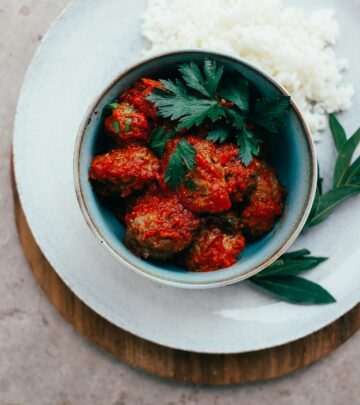
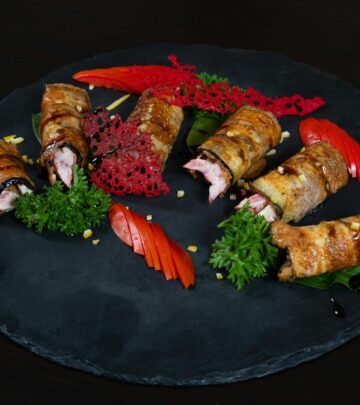
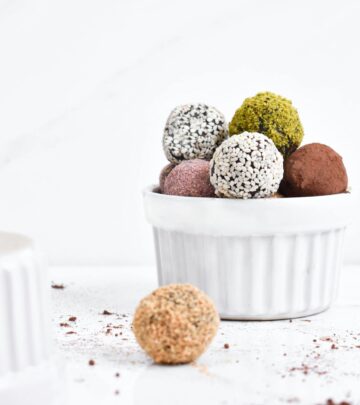
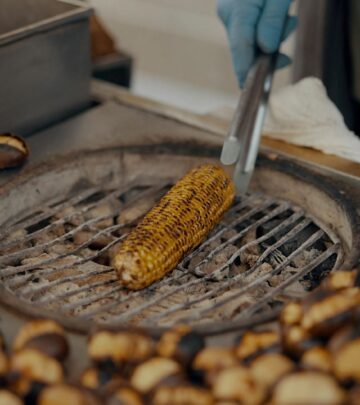
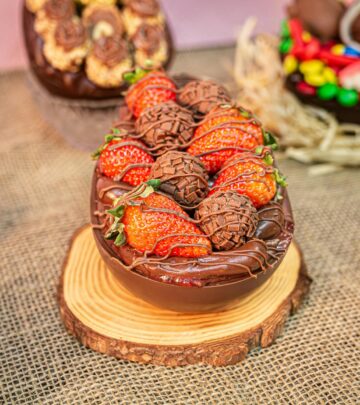




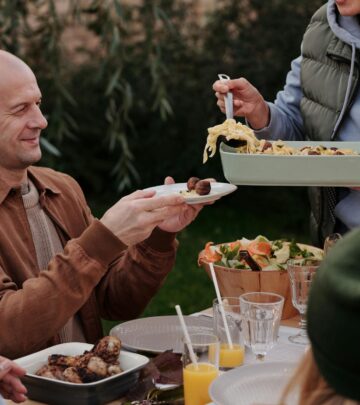
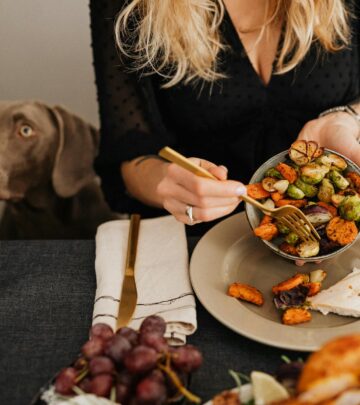



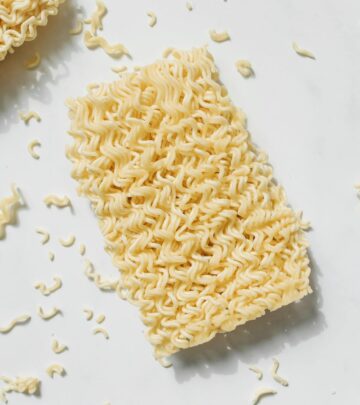
Community Experiences
Join the conversation and become a part of our empowering community! Share your stories, experiences, and insights to connect with other beauty, lifestyle, and health enthusiasts.